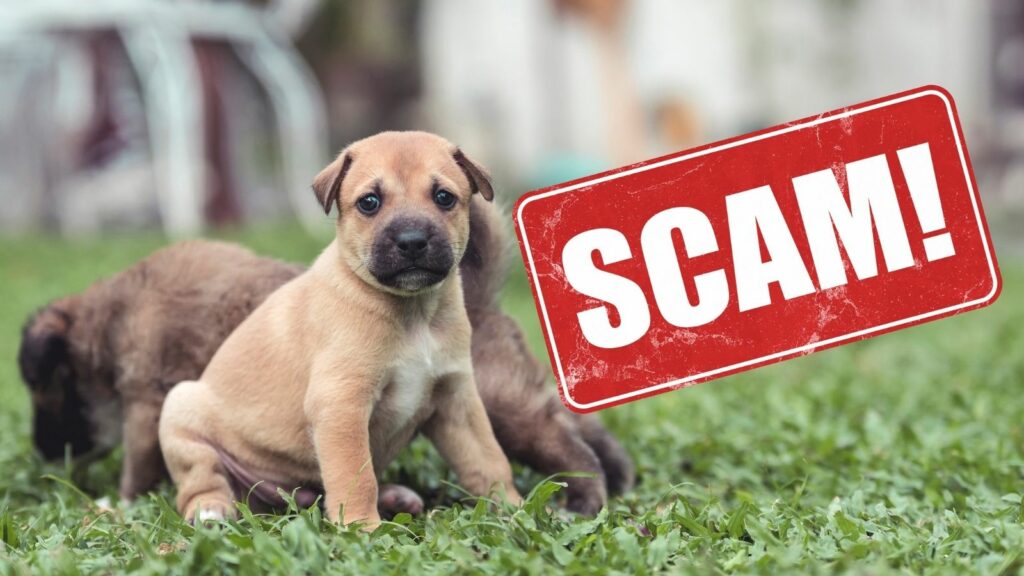Owning a pet is one of life’s greatest joys. They’re our companions, confidants, and family members rolled into one furry (or feathered) bundle of love. But let’s face it: taking care of pets isn’t cheap, and it’s only getting more expensive. From vet bills to grooming appointments, the financial side of pet ownership is becoming a serious commitment.
Here’s a closer look at some surprising (and sometimes shocking) facts about the rising costs of having a pet—and how you can manage them without sacrificing the care your beloved friend deserves.
Adoption Fees Are Higher Than Ever
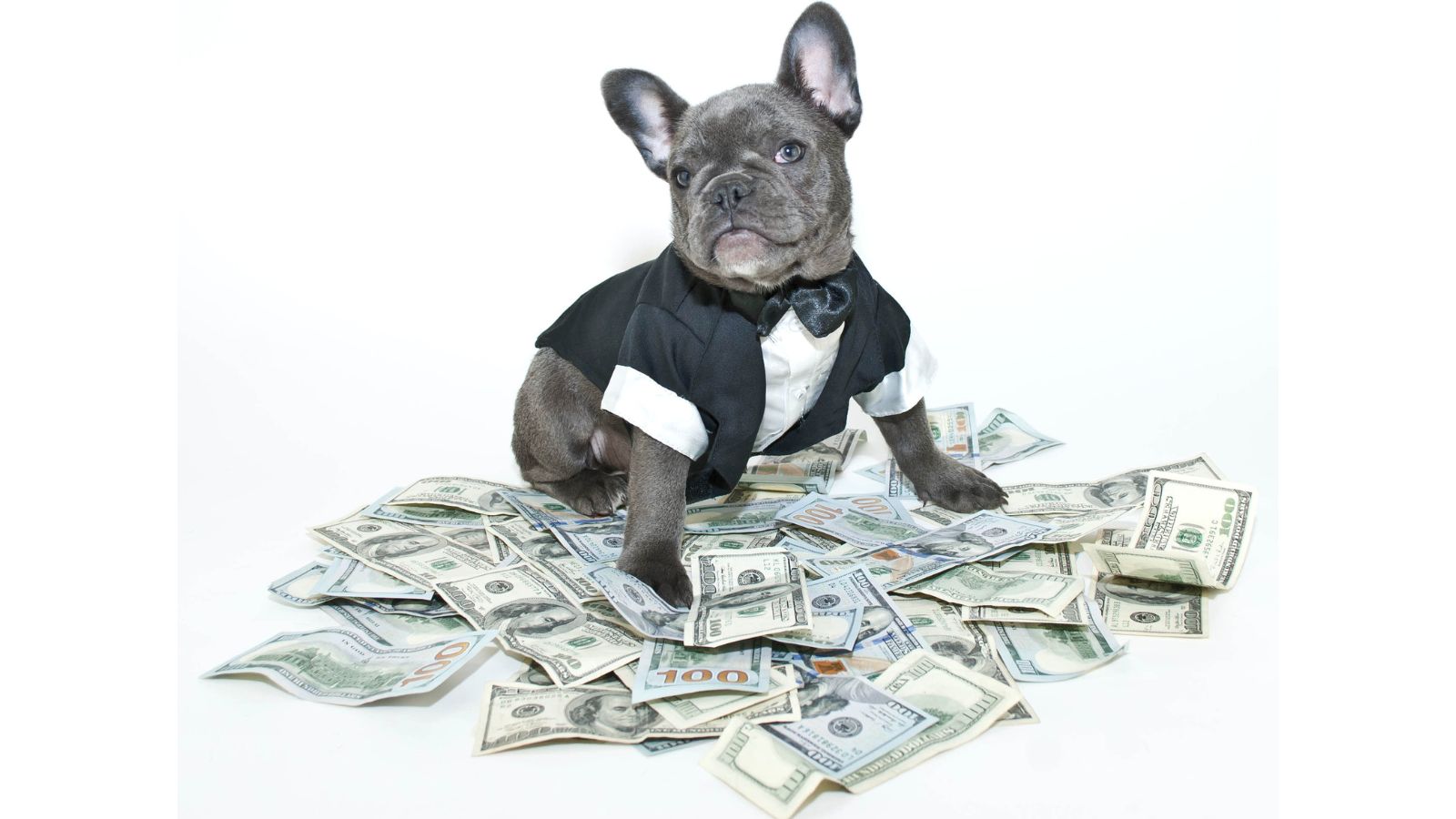
Gone are the days of $20 adoption fees. Today, adopting a dog or cat from a shelter can cost anywhere from $50 to $500, depending on the breed, age, and location. Are you thinking about getting a purebred puppy from a breeder? Be prepared to spend anywhere from $500 to $4,000.
Vet Visits Are a Big Expense
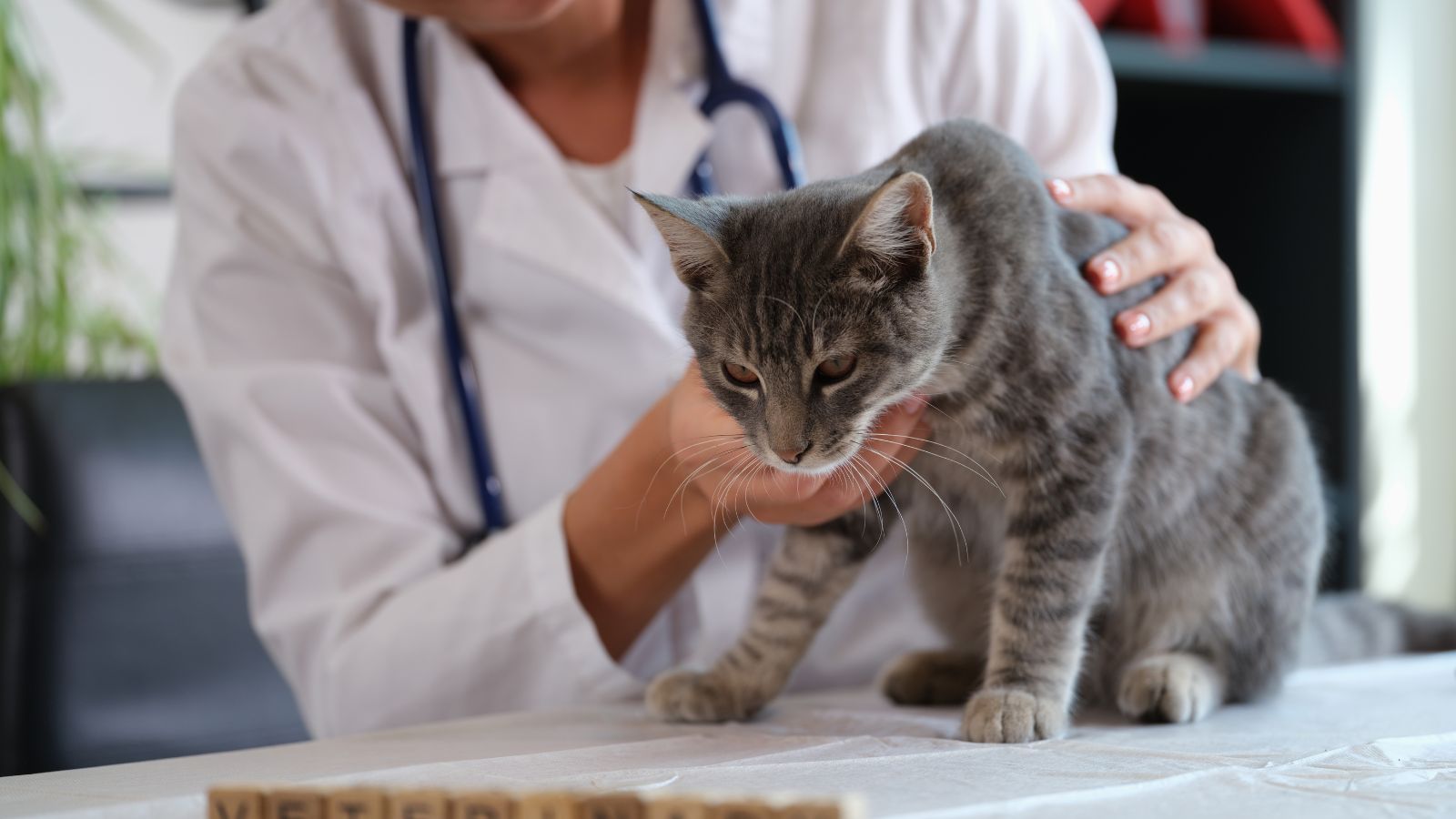
Routine check-ups are essential, but they don’t come cheap. On average, you’ll spend about $200–$300 annually for regular veterinary care. If there’s an emergency? That bill can easily top $1,000. These expenses add up quickly, especially for older pets or those with chronic conditions. However, pet insurance and preventative care can help you manage these growing veterinary costs.
Pet Insurance Is Becoming a Must-Have
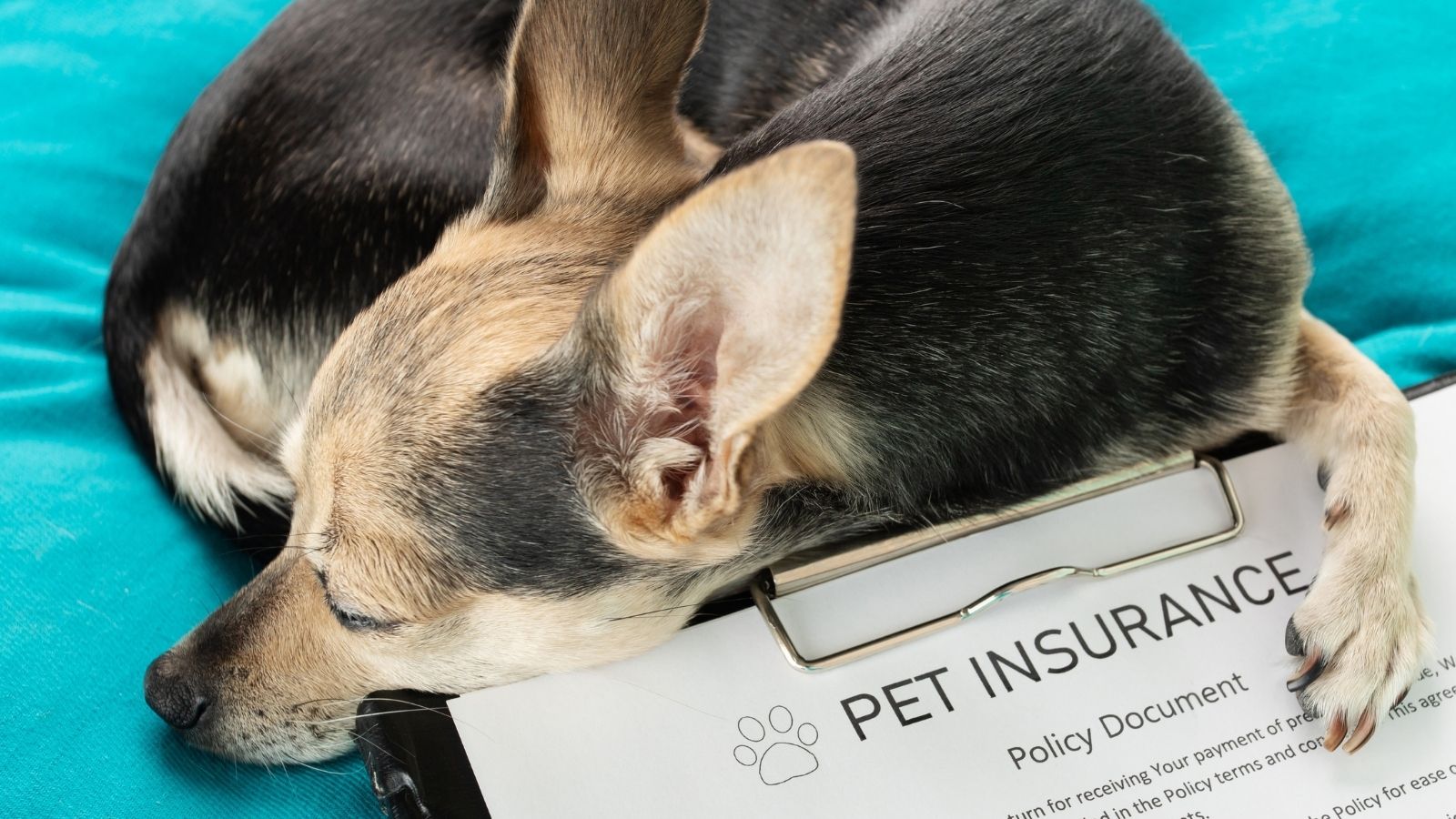
Pet insurance might sound like an unnecessary luxury, but with veterinary costs rising, it’s becoming more common. Plans typically cost $20–$50 per month, but comprehensive coverage can go up to $100 monthly. Without it, even a single serious illness can lead to financial strain.
Specialized Treatments Come With a Hefty Price Tag
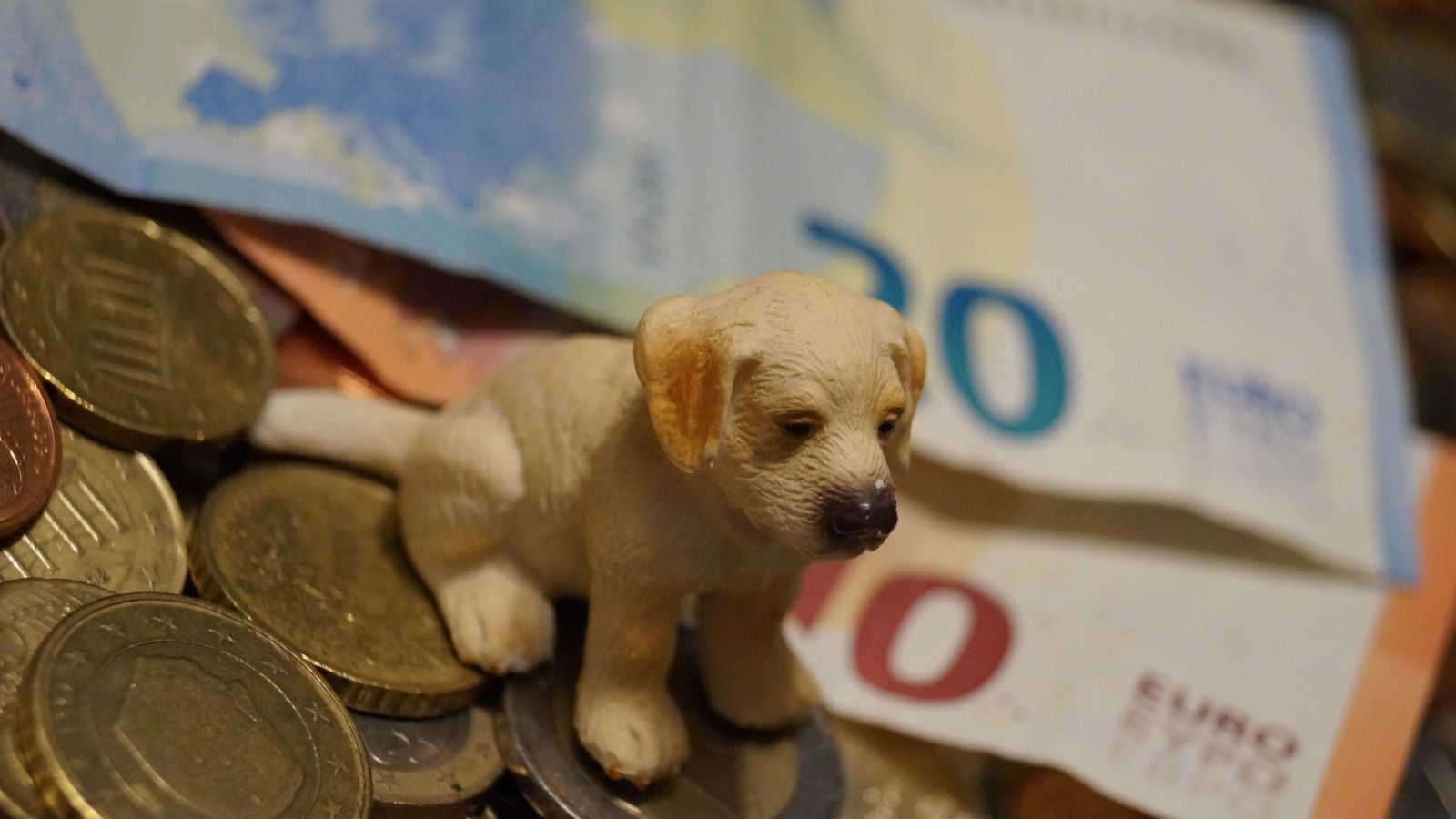
If your pet develops a serious health issue—like cancer or hip dysplasia—treatments can cost a staggering $5,000 to $10,000 or more. These situations are heartbreaking enough without the added stress of wondering how you’ll afford it. Chronic issues, like diabetes or arthritis, mean ongoing expenses, too. Planning with pet insurance or a savings fund can help ease the stress when it matters most.
Premium Pet Food Costs More Than Ever
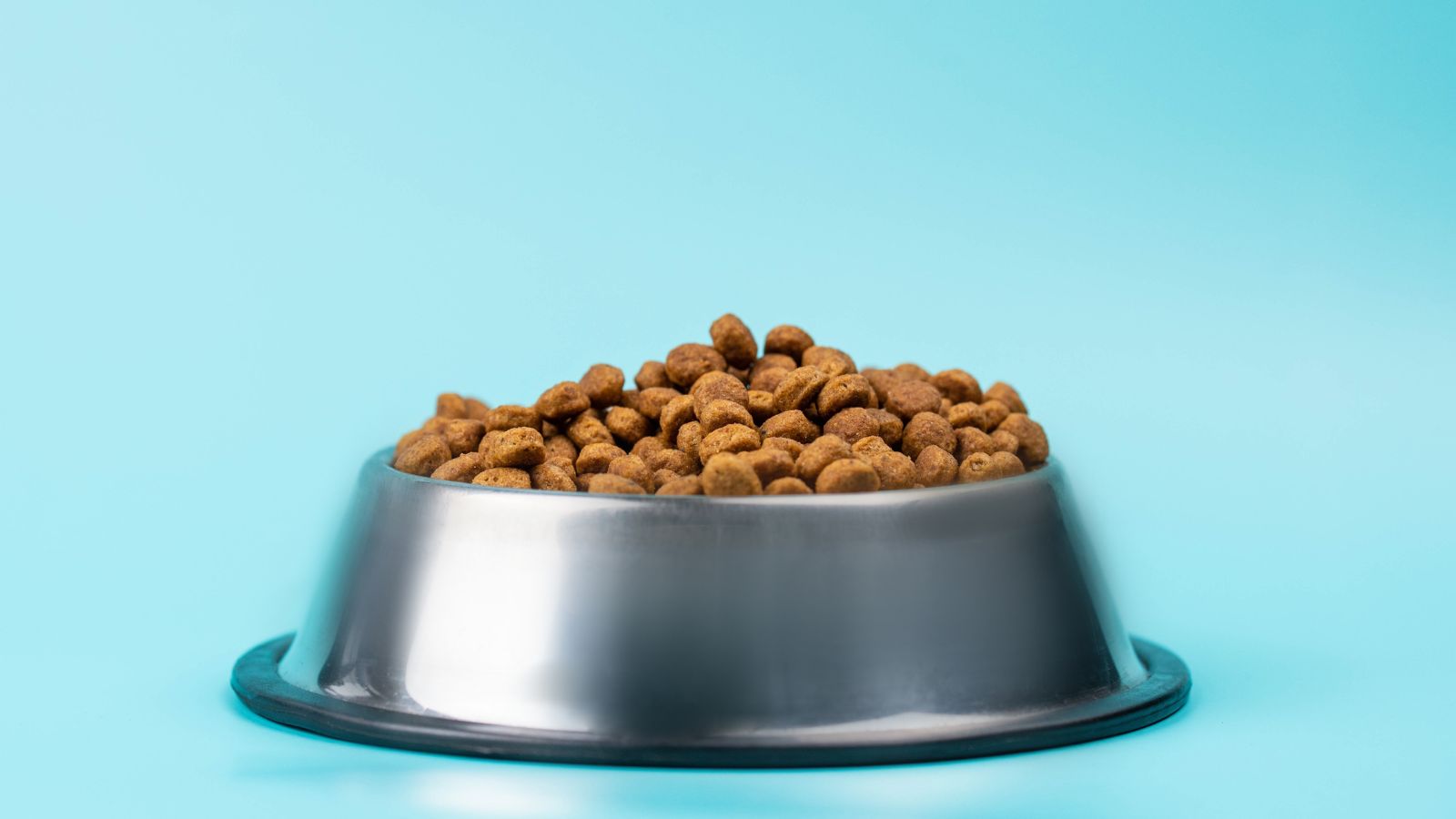
Many pet owners want to give their furry friends the best food available, but quality comes at a price. Premium pet food is getting more expensive, and the rising ingredients and production costs drive this trend. A single bag of premium kibble can cost $30–$100. Over time, those meals add up!
Grooming Services Are Pricier
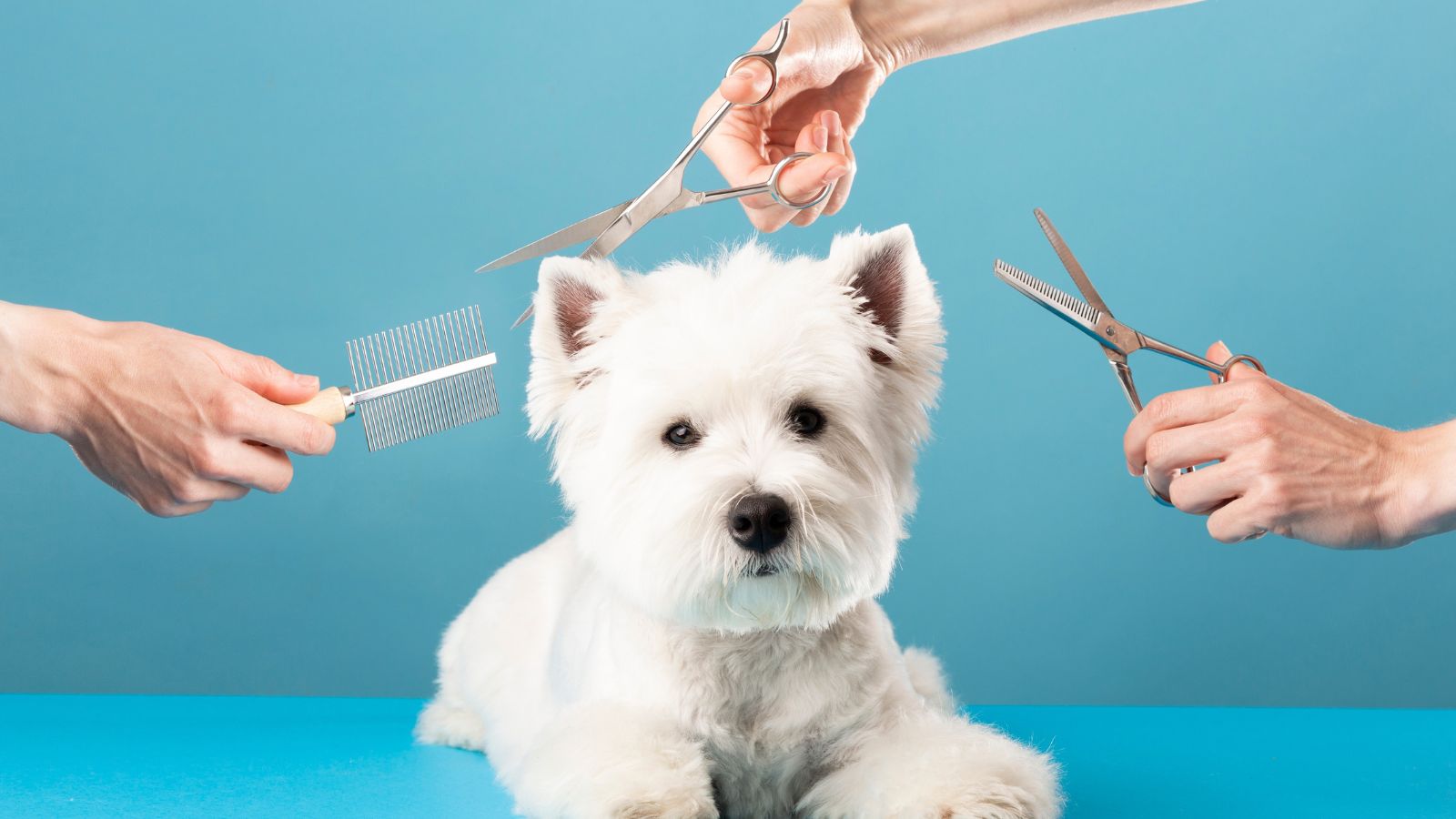
Long-haired dogs, cats, and certain breeds need regular grooming to stay healthy and comfortable. A single grooming session can run you $50–$90, and that’s before any extras like nail trimming or teeth cleaning.
Leaving Town? Budget for Boarding or Sitters

Whether it’s a vacation or a work trip, you’ll need someone to care for your pet while you’re away. Boarding facilities typically charge $30–$75 per day, and pet sitters often cost $20–$50 per visit.
Training Isn’t Cheap

Every pet parent wants a well-behaved furry friend. Basic obedience classes cost $100–$300 per course, while private sessions cost $50–$120 per hour. It’s a worthwhile investment, but it can strain the budget.
The Little Things Add Up
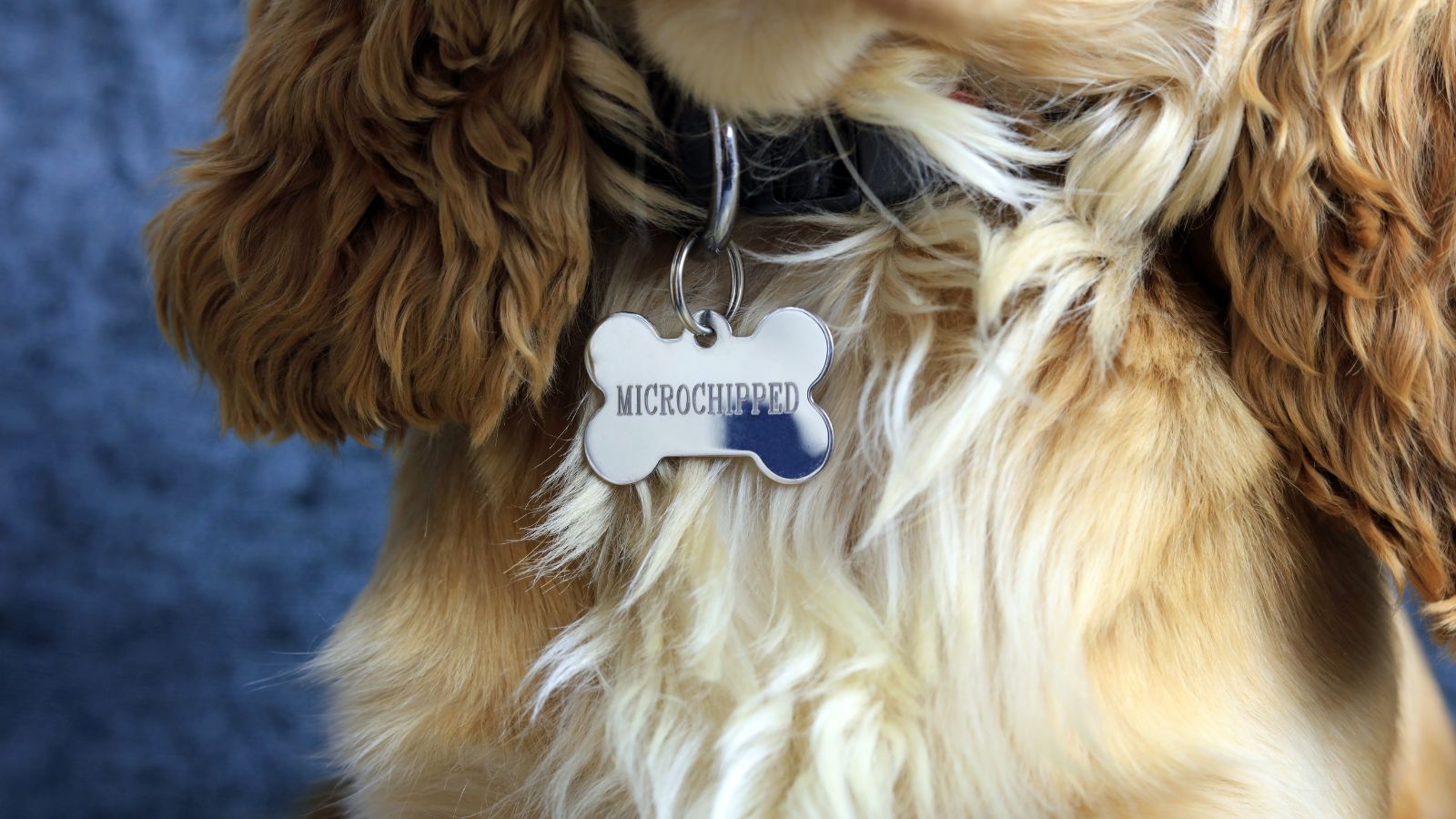
Leashes, beds, toys, and scratching posts might seem like small purchases, but they can add up to $150–$500 a year—more if you love spoiling your pet. These small purchases quickly become a significant part of your budget between upgrades and replacements.
Need a Dog Walker? Get Ready to Pay

If you’re busy with work, dog-walking services are a lifesaver. But at $15–$30 per walk, daily strolls can quickly add up to $400–$600 monthly. While it’s super convenient, planning for this ongoing expense is important if you’ll need it regularly.
Vaccines Are Essential—and Costly
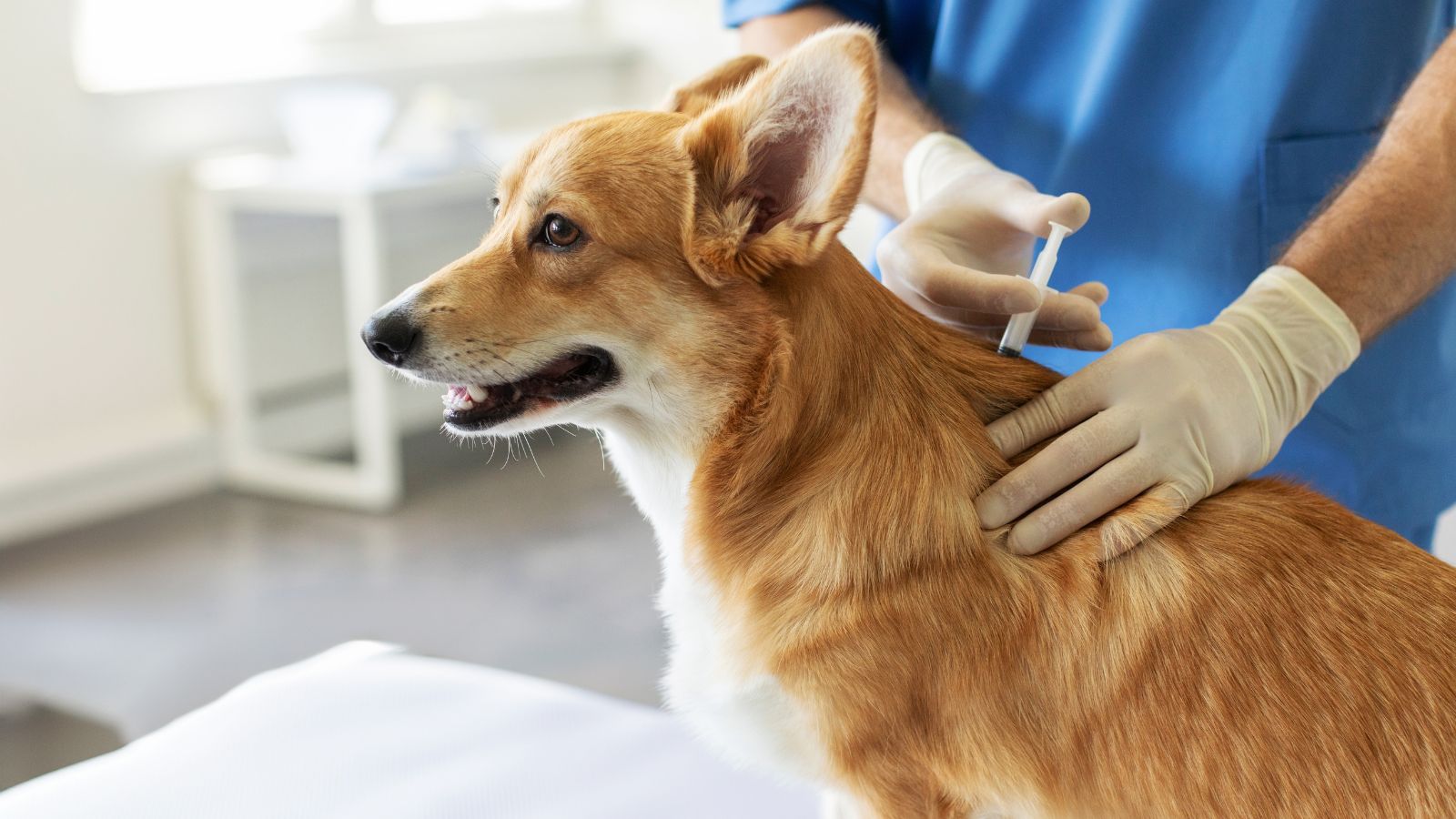
Vaccinations are non-negotiable for your pet’s health, but they come with a price tag of about $75–$100 annually. Additional vaccines for conditions like Lyme disease can push this cost even higher. While these essential preventive measures help avoid serious health issues, they add significantly to the overall expense of pet care.
Medication Is Surprisingly Expensive
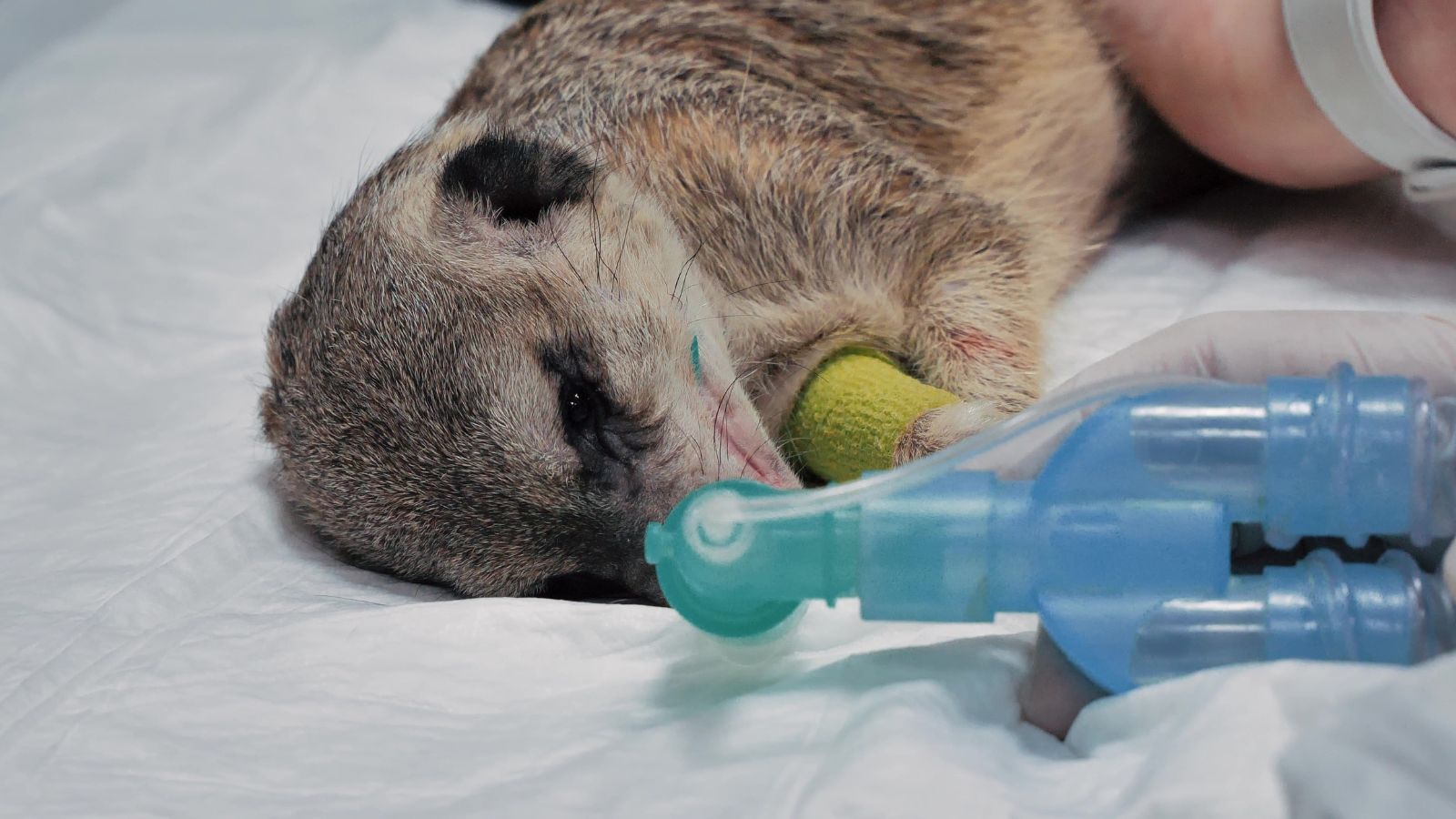
Chronic conditions like arthritis or allergies often require monthly medication, costing $50–$200. And yes, those tiny pet pills can cost just as much as human prescriptions. These ongoing expenses can quickly add up, making it essential for pet owners to factor medication costs into their overall pet care budget.
Pet Tech Is the Latest Trend

Pet gadgets are the new frontier, from GPS trackers to automatic feeders to health monitors. They’re excellent and convenient, but they’ll save $100–$300 per device. If you’re into all the latest pet gadgets, it’s essential to factor these costs into your budget.
Legal Battles Over Pets Are Rising

Did you know that pets are now a common point of contention in divorce cases? Pet custody disputes can result in thousands of dollars in legal fees. It’s not something most pet owners plan for, but it’s a financial reality that can be emotionally and financially draining.
Renting With Pets Is Expensive

Pet-friendly apartments often come with additional costs. Many landlords charge $25–$50 per month in pet rent and security deposits of $200–$500. This added cost makes finding affordable housing trickier for pet owners.
Exotic Pets Come With Exotic Costs
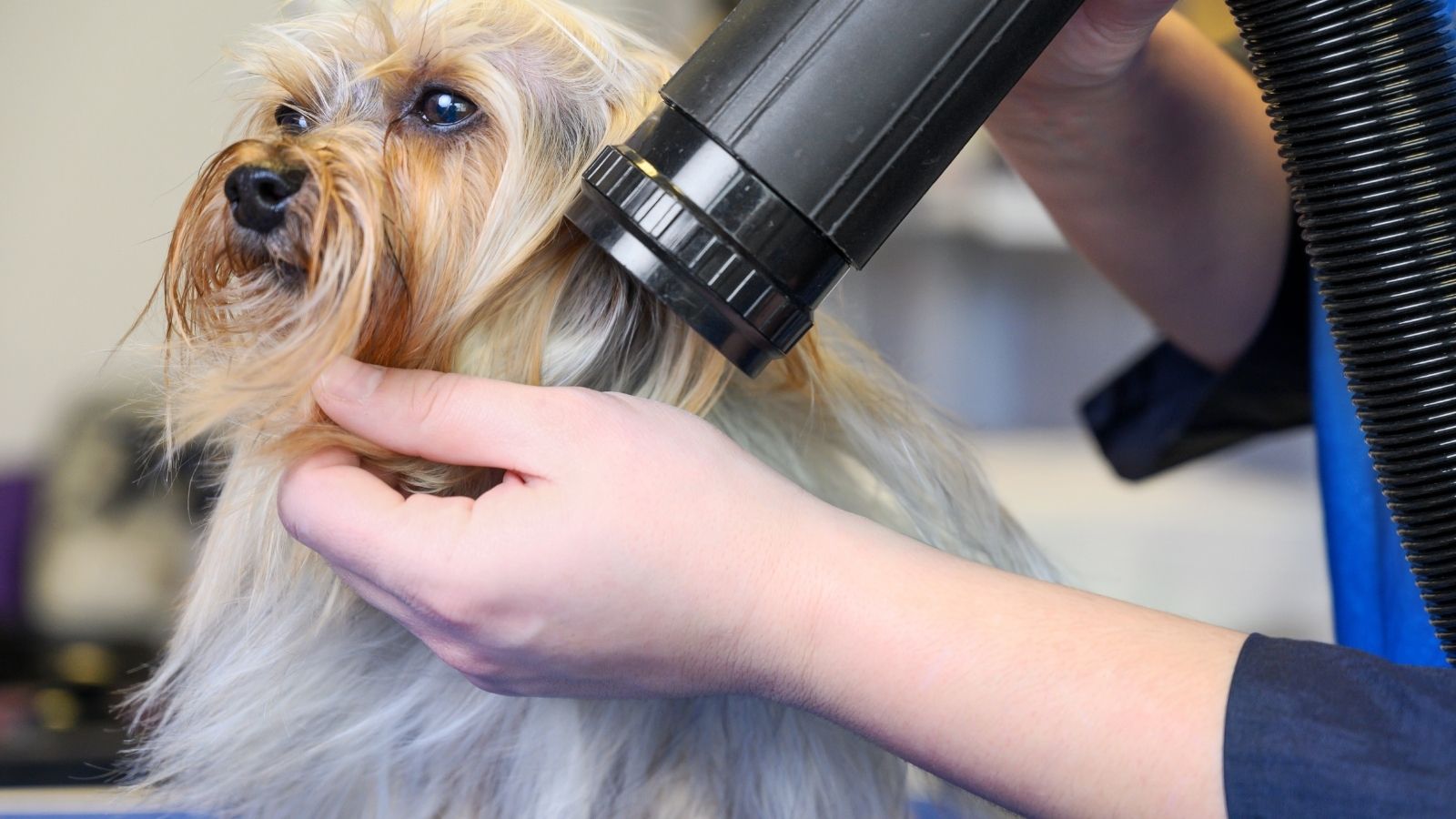
Are you thinking of getting a bird, reptile, or rabbit? Exotic pets like reptiles, birds, or small mammals can be really expensive to care for. Setting up the proper habitat can cost $500 to $1,000, and maintaining it increases over time. If you’re thinking about getting an exotic pet, be prepared for a larger financial commitment, both upfront and ongoing.
The Pandemic Changed Everything
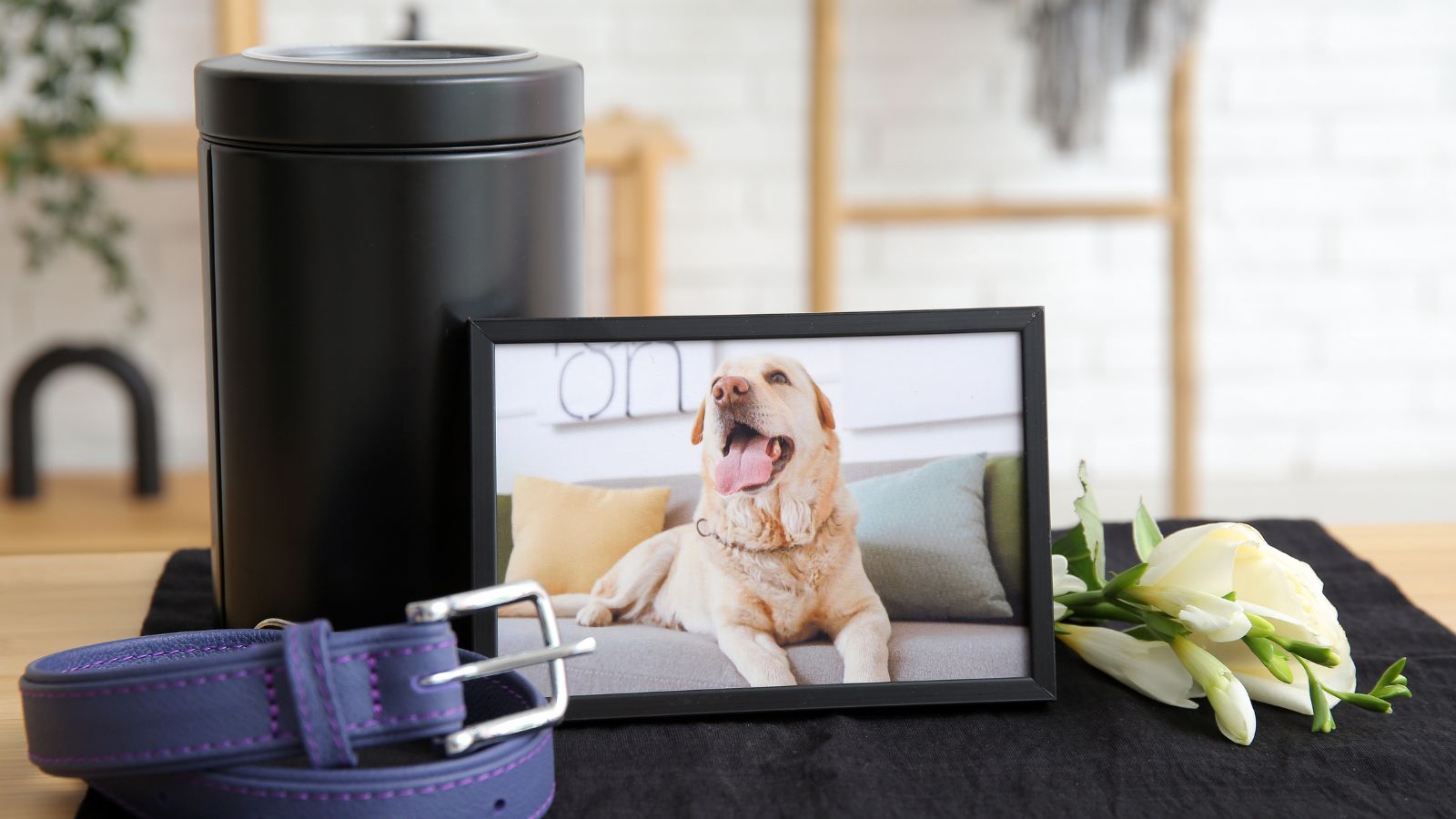
During the COVID-19 pandemic, pet demand surged, causing adoption and breeder prices to skyrocket by 30–50%. Even though the rush has subsided, prices remain elevated. As a result, potential pet owners now face higher upfront costs than before the pandemic.
Saying Goodbye Is Costly
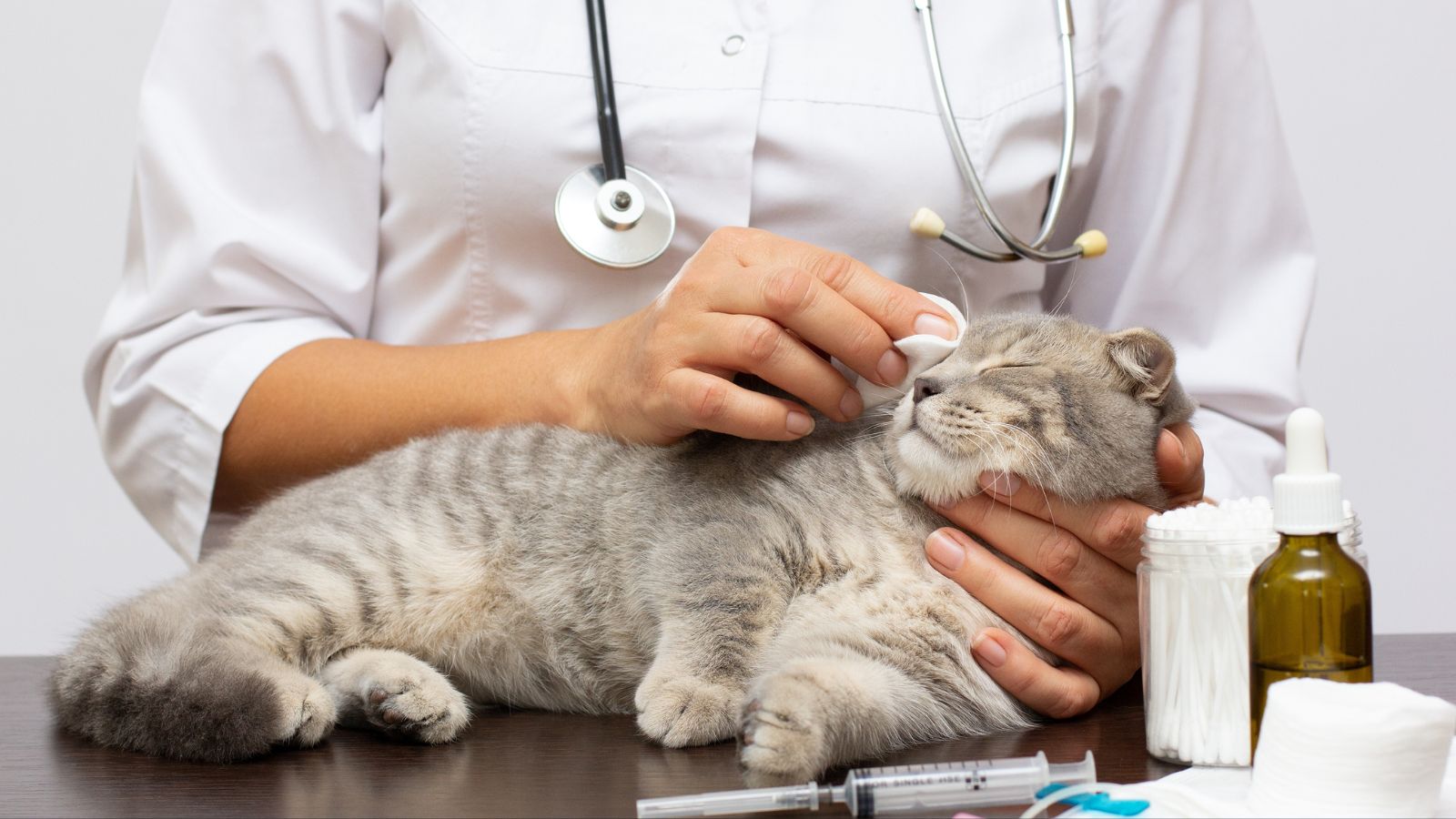
Saying goodbye to a pet is never easy, and unfortunately, it’s also expensive. Euthanasia and cremation services usually cost $200 to $500, and if you choose a memorial option, that price can go even higher. It’s a challenging, emotional experience, and the costs can add up when least expected.
Preventative Care Is Non-Negotiable
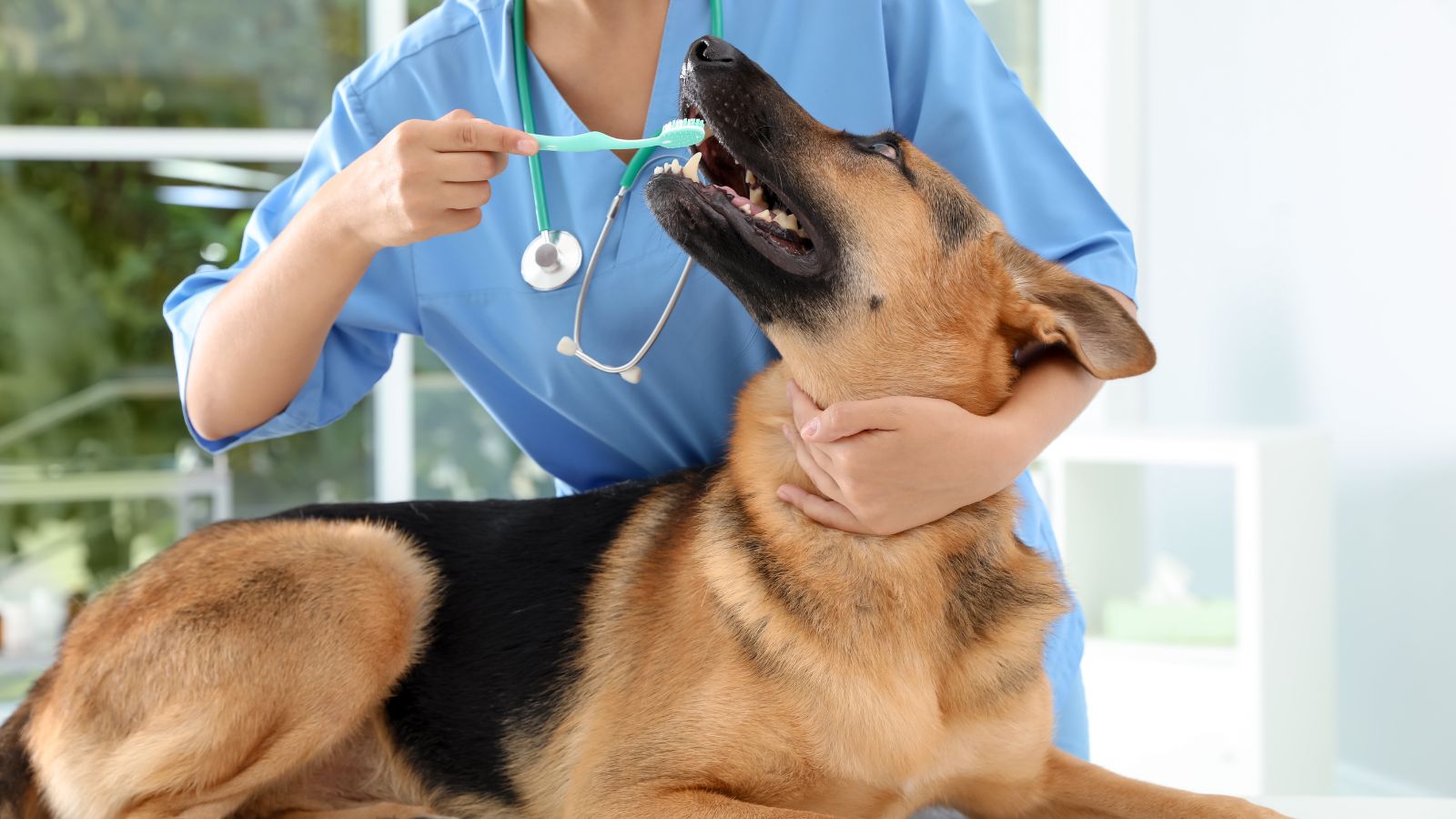
Protecting your pet from fleas, ticks, and heartworms is crucial but costly. Expect to spend $200–$400 annually on preventative treatments. While necessary to avoid more expensive health issues, they’re an ongoing financial commitment that pet owners must factor into their budgets.
Luxury Pet Services Are on the Rise

From pet spas to upscale “hotels,” luxury pet services are more popular than ever. These indulgences can cost $50–$150 per session, appealing to owners who want to pamper their pets.
Conclusion

Owning a pet is a rewarding experience, but the costs can add up quickly—from adoption fees and vet visits to everyday needs and unexpected emergencies. While it takes careful budgeting, pets’ love and joy make it all worthwhile. With some planning and preparation, you can provide your pet with the best care without financial stress.
18 Reasons Why People Are Leaving Florida in Masses

Exploring factors that impact the desirability of living in Florida, this list delves into various challenges shaping residents’ experiences. From environmental concerns like rising sea levels to economic factors such as fluctuating job markets, these issues collectively contribute to a nuanced understanding of the state’s appeal.
18 Reasons Why People Are Leaving Florida in Masses
